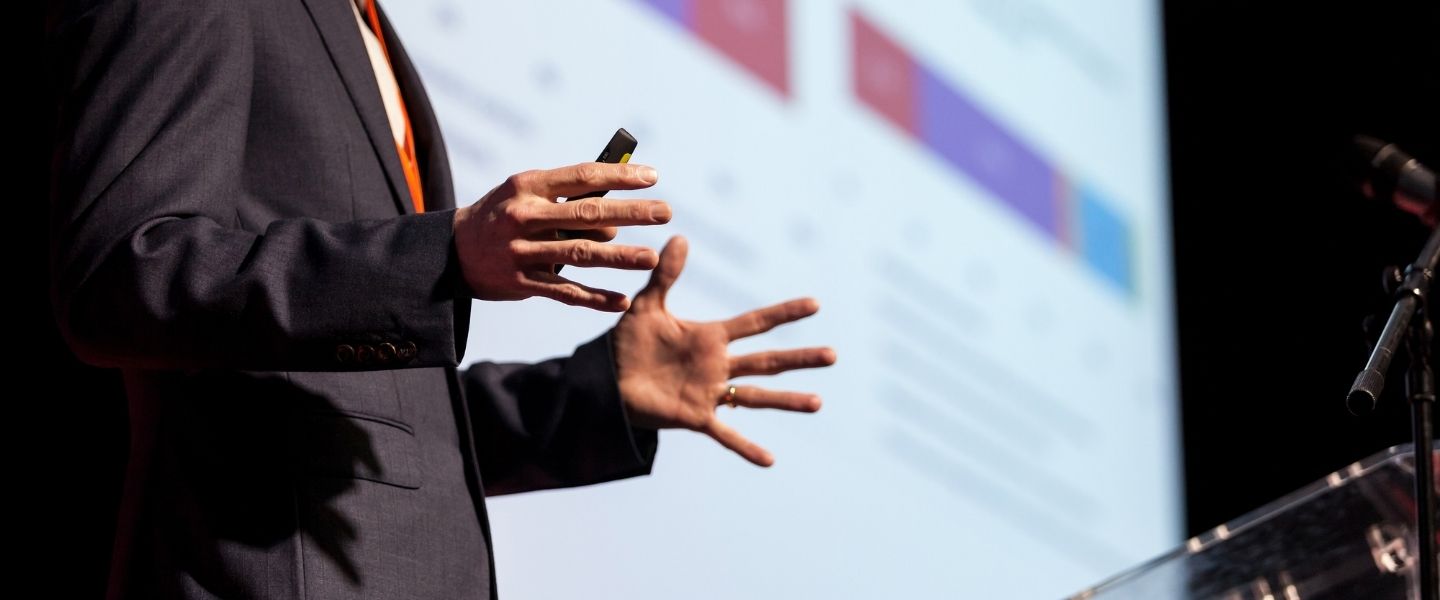What happens after you present?
An impactful presentation is not a performance that ends with applause: it’s a tool that ends with a clear outcome. To be remembered for the right reasons, you must guide your audience from listening to action. Consider your presentation habits. Which of the following describes them best?
1. “My presentations typically end with…”
a. A summary of my key points.
b. A thank-you slide.
c. A clear call to action for the audience.
2. “My primary goal is to ensure the audience…”
a. Understands the information.
b. Is persuaded by my argument.
c. Knows exactly what to do next.
3. “I consider a presentation successful if…”
a. I get positive feedback from the audience.
b. The audience is still discussing the ideas afterwards.
c. The audience takes the action I requested.
Framework for driving decisive action
1. Define your outcome in a single sentence
A vague goal leads to a vague presentation. Before you create a single slide, define your desired outcome with absolute clarity using this simple sentence: “By the end of this presentation, my audience will…” The key is to finish this sentence with a specific, measurable action verb. Will they approve a budget? Adopt a new security practice? Sign up for a pilot? This ensures every item of content is directed to driving that single, clear outcome.
2. Structure your talk as a “promise and payoff”
A call to action should never be a surprise. Instead of tacking it on at the end, structure your entire presentation around it. Think of it as a “promise and a payoff.”
- The promise (the beginning)
Verbalize your intended outcome at the start. Tell your audience where you are taking them. For example, “Over the next 20 minutes I’m going to show you why our current process is losing us money, and by the end I’ll be asking you to approve a new system that will fix it.”
After making your case, reiterate the outcome as the logical conclusion. “As promised, I am now seeking your approval to…” This makes the final action feel earned and inevitable.
3. Translate learning into future action
What if your goal is for the audience to learn something new or think differently? Learning without application is quickly forgotten, so connect the new knowledge to a future behavior. To ensure your message sticks, give your audience a clear instruction: “Next time you [do this], use what you’ve learned today to [do that]…” This simple formula transforms an abstract idea into a concrete, personal, and actionable directive, ensuring your impact lasts long after you’ve left the stage.





